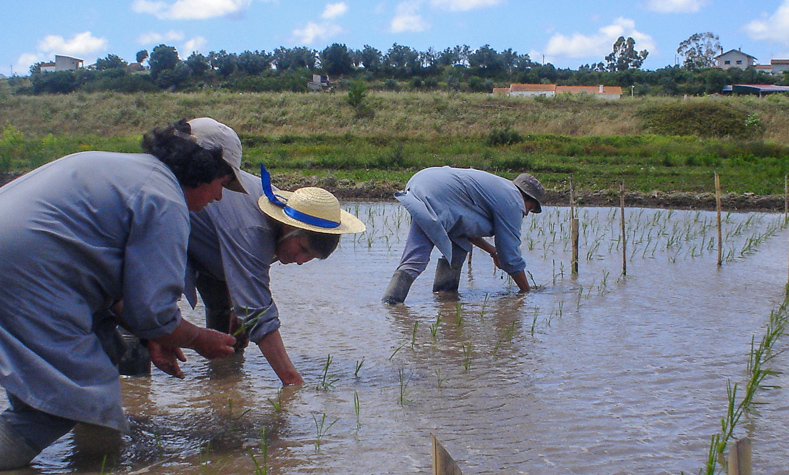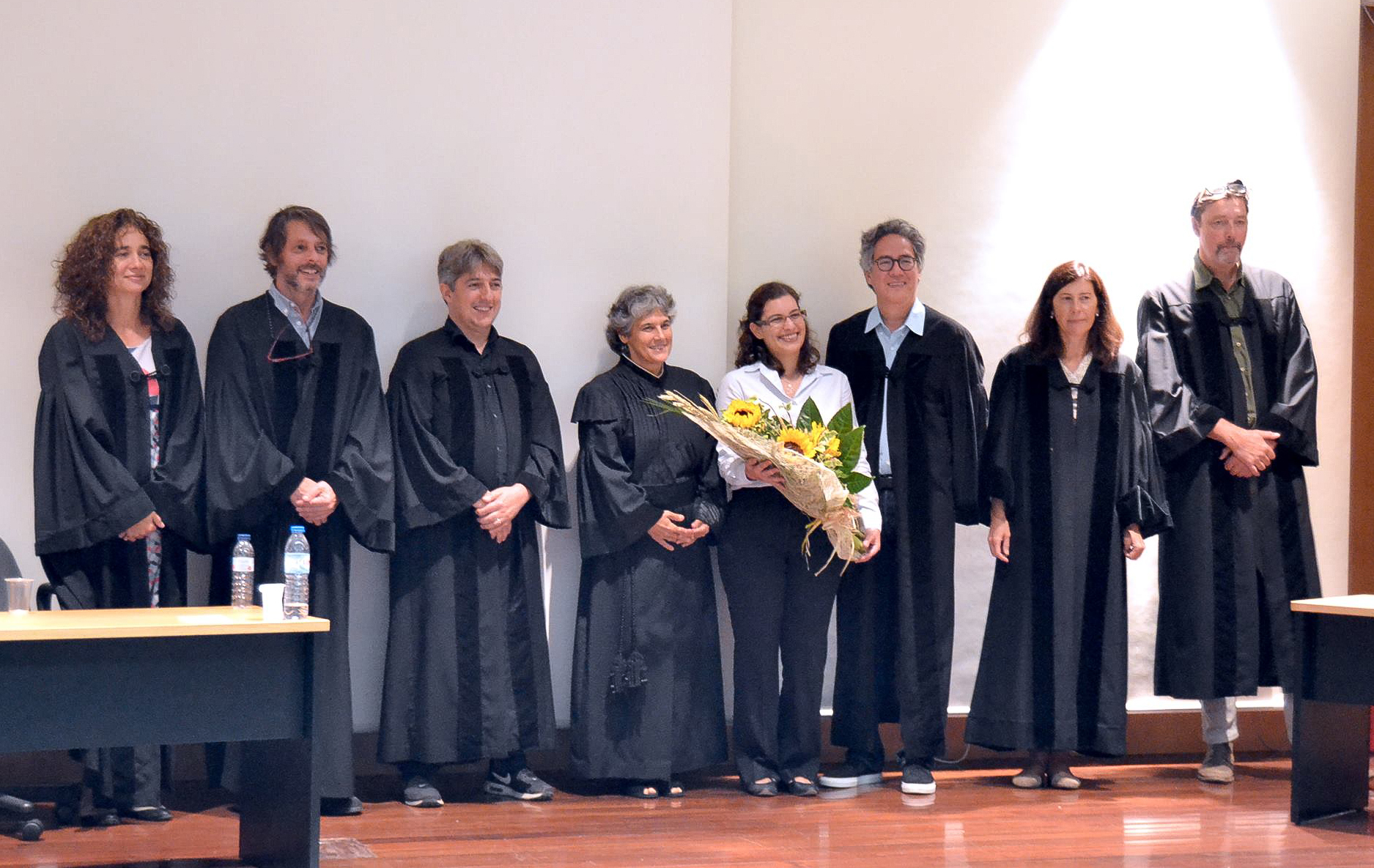History of rice featured in Nature Plants
Rice is one of the world’s most important food crops. It is the main commonly eaten food and provides more than 20% of calories for more than half of the human population, and is the third-highest worldwide production among agricultural commodities.
The grain originated in Asia but spread to the Middle East, Africa, Europe, and the Americas. Today, it comprises mostly japonica and indica subspecies. The history of its dispersal in Asia is the subject of a recently paper published in Nature Plants on the work led by Michael D. Purugganan (Silver Professor of Biology at NYU, USA), which gathers a multidisciplinary team from diverse Institutions, including the team led by Margarida Oliveira at ITQB NOVA. The team used whole-genome sequences of over 1,400 landraces, coupled with geographic, environmental, archaeobotanical and paleoclimate data to reconstruct the history of the grain.

Originating around 9,000 years ago in the Yangtze Valley, in China, rice diversified into temperate and tropical japonica rice during a sudden global cooling event that happened about 4,200 years ago. Soon after, tropical japonica rice reached Southeast Asia, where it rapidly diversified, starting about 2,500 years ago. The history of indica rice dispersal appears more complicated, moving into China around 2,000 years ago.
The paper reveals there were extrinsic factors influencing genome diversity, with temperature being a major abiotic factor. The global cooling event was characterized by a global reduction also in humidity, with widespread consequences: it is believed to have caused the breakdown of rice agriculture in East Asia, turnover of cattle ancestry in the Near East and the collapse of civilizations from Mesopotamia to China.
“Reconstructing the dispersal history of rice and its climatic correlates may help to understand the climatic and other environmental factors that govern the expansion of the species”, says Margarida Oliveira. “It can also enlighten the relationship between crop dispersal and human migration in history, and support future breeding efforts in rice”.
Michael Purugganan was co-supervisor, with Sónia Negrão and M. Margarida Oliveira, of the former ITQB PhD student Inês S. Pires (all co-authors).

Original Paper
Genomic history and ecology of the geographic spread of rice
Rafal M. Gutaker, Simon C. Groen, Emily S. Bellis, Jae Y. Choi, Inês S. Pires, R. Kyle Bocinsky, Emma R. Slayton, Olivia Wilkins, Cristina C. Castillo, Sónia Negrão, M. Margarida Oliveira, Dorian Q. Fuller, Jade A. d’Alpoim Guedes, Jesse R. Lasky, Michael D. Purugganan. Nature Plants, 2020; 6 (5): 492 DOI: 10.1038/s41477-020-0659-6
In the News
Global cooling event 4,200 years ago spurred rice's evolution, spread across Asia
Changes in climate thousands of years ago caused the evolution of new rice varieties
Global cooling event 4,200 years ago spurred rice's evolution, spread across Asia







